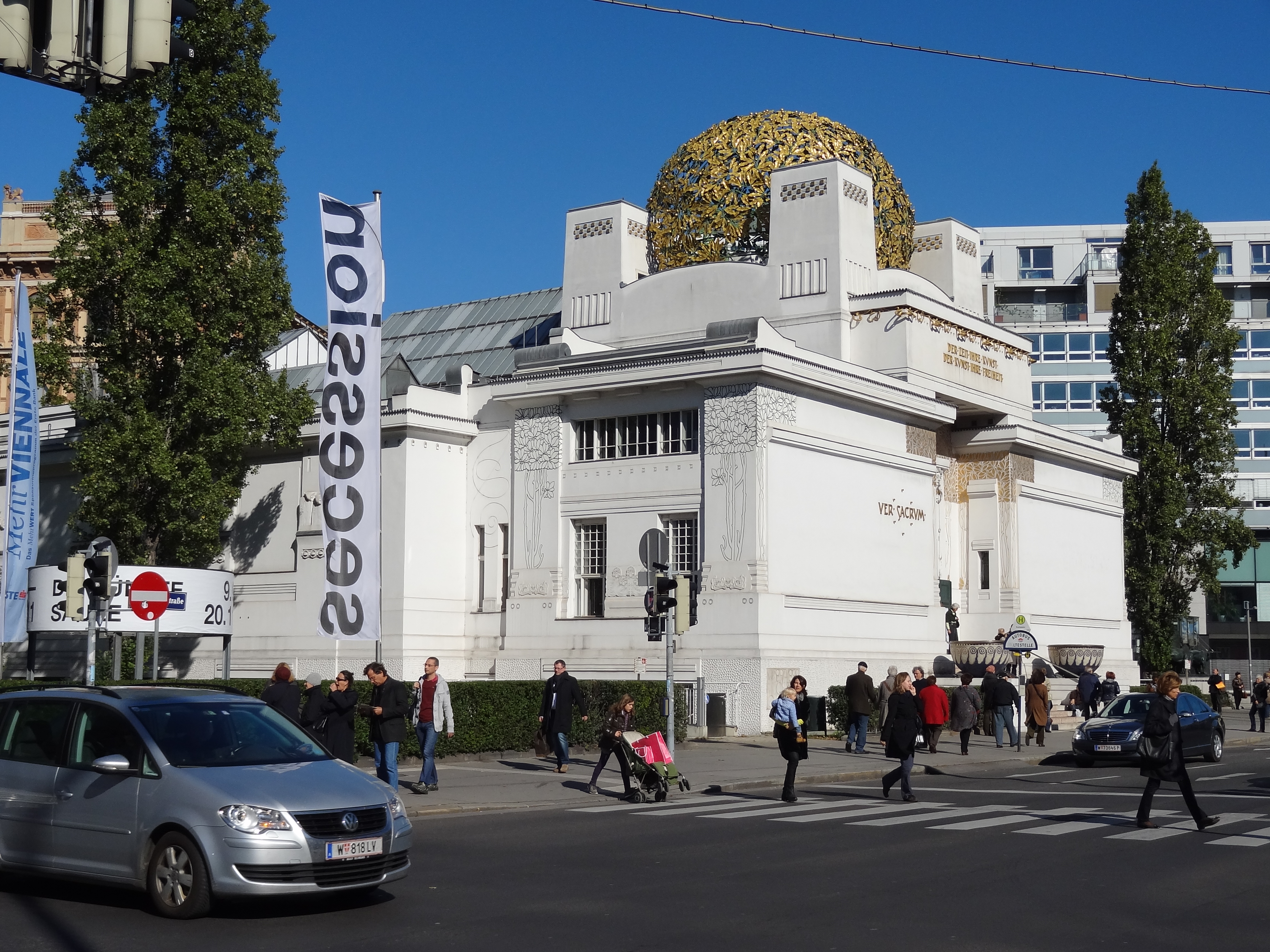

Secession artists were concerned, above all else, with exploring the possibilities of art outside the confines of academic tradition. Der Kunst ihre Freiheit.” (“To every age its art.

Above its entrance was placed the phrase “Der Zeit ihre Kunst. The Secession building could be considered the icon of the movement. Unlike other movements, there is not one style that unites the work of all artists who were part of the Vienna Secession. On 14 June 1905 Gustav Klimt and other artists seceded from the Vienna Secession due to differences of opinion over artistic concepts. In 1903, Hoffmann and Moser founded the Wiener Werkstatte as a fine-arts society with the goal of reforming the applied arts (arts and crafts). The Klimt frieze has been restored and can be seen in the gallery today. A statue of Beethoven by Max Klinger stood at the center, with Klimt’s Beethoven frieze mounted around it. The 14th Secession exhibition, designed by Josef Hoffmann and dedicated to Ludwig van Beethoven, was especially famous. The group earned considerable credit for its exhibition policy, which made the French Impressionists somewhat familiar to the Viennese public. The Berlin and Munich Secession movements preceded the Vienna Secession, which held its first exhibition in 1898. The Secession artists objected to the prevailing conservatism of the Vienna Künstlerhaus with its traditional orientation toward Historicism. Although Otto Wagner is widely recognised as an important member of the Vienna Secession he was not a founding member. The Vienna Secession was founded on 3 April 1897 by artists Gustav Klimt, Koloman Moser, Josef Hoffmann, Joseph Maria Olbrich, Max Kurzweil, Wilhelm Bernatzik and others. Its official magazine was called Ver Sacrum. The first president of the Secession was Gustav Klimt, and Rudolf von Alt was made honorary president. This movement included painters, sculptors, and architects. The Vienna Secession (German: Wiener Secession also known as the Union of Austrian Artists, or Vereinigung Bildender Künstler Österreichs) was formed in 1897 by a group of Austrian artists who had resigned from the Association of Austrian Artists, housed in the Vienna Künstlerhaus.

The Association of Visual Artists Vienna Secession was founded in 1897 and presented its first exhibition in 1898, the same year the new Secession (building) was completed to the designs of Joseph Maria Olbrich (1867-1908)


 0 kommentar(er)
0 kommentar(er)
